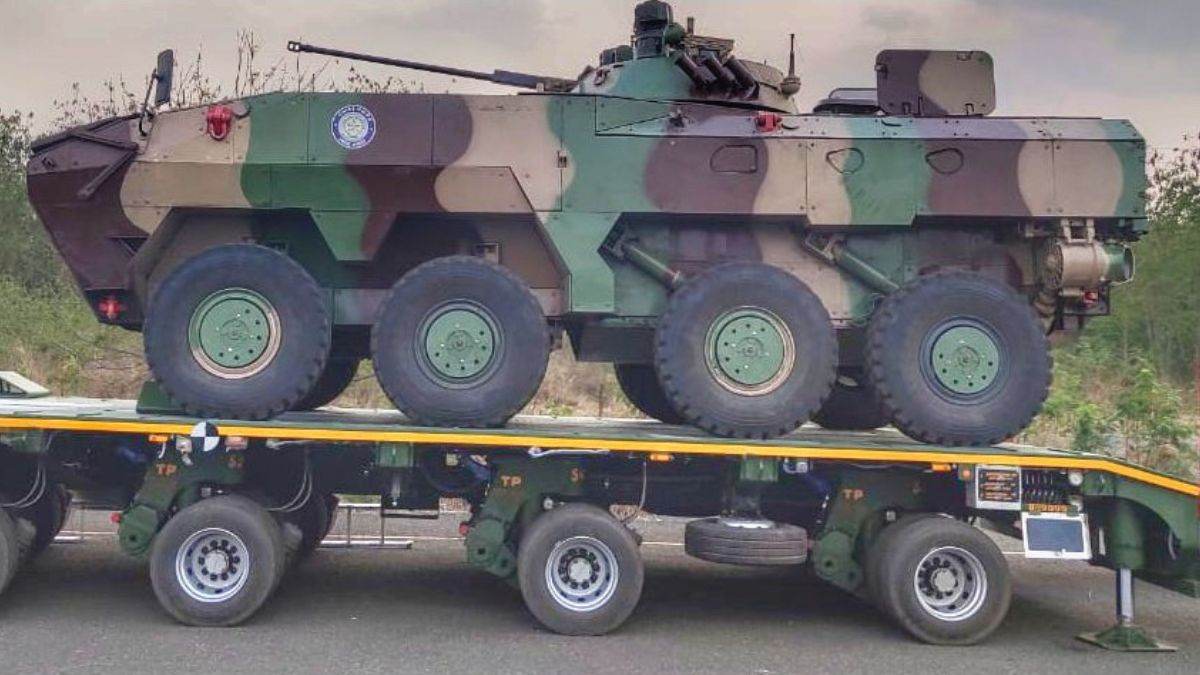SOURCE: IDRW.ORG


The Vehicles Research and Development Establishment (VRDE), under the Defence Research and Development Organisation (DRDO), has outlined a comprehensive scope of work for the fabrication, transportation, and testing of an armoured semi-hull, as detailed in document VRDE/CVD/AAP/834/TS. This project, aimed at enhancing India’s armoured vehicle capabilities, involves intricate engineering, stringent material specifications, and destructive testing at the Terminal Ballistics Research Laboratory (TBRL) in Chandigarh. The semi-hull, designed for rigorous trials, represents a critical step in developing advanced armoured platforms for the Indian armed forces.
The primary deliverable is a single armoured semi-hull, measuring approximately 3.8m x 3.1m x 1.65m (L x B x H), fabricated using Ultra-High Strength Steel (UHSS) grades 500 and 400 with thicknesses of 5mm and 8mm, respectively. The internal hull structure will utilize 700-grade structural steel (3mm thickness). The vendor is tasked with procuring 6 tons of 8mm UHSS, 1 ton of 5mm UHSS, and 1 ton of 700-grade steel, ensuring compliance with VRDE’s material specifications, which include yield strengths of 1200-1250 MPa for UHSS and 700 MPa for structural steel, and hardness levels of 400-500 BHN for the hull.
The fabrication process involves preparing manufacturing drawings based on VRDE’s 3D CAD data, which will be provided to the selected vendor (L-1) under a non-disclosure agreement (NDA). The vendor must evaluate the design for manufacturability, suggest modifications, and submit drawings for VRDE approval within one month. The semi-hull will be constructed without machining, featuring a dummy ramp door, integrated hatches, and four blast-resistant seats provided as Free Issue Material (FIM) by VRDE, valued at Rs 2,00,000. Additional components include six support pillars made of UHSS for mounting the hull during testing, and covers for top openings and the rear door, secured with bolting and hinge arrangements.
The fabrication process adheres to strict engineering standards. Cold bending of armour plates (minimum bending radius of 3x to 6x plate thickness) and advanced cutting techniques (plasma or laser) for openings ensure precision. Welded joints will undergo Non-Destructive Testing (NDT) using ultrasound or X-ray to detect defects, with distortion levels not exceeding 1.5mm/m. The vendor must develop jigs and fixtures for handling and provide a tarpaulin cover for the semi-hull. Inspection by VRDE representatives at the vendor’s premises will verify dimensions, weight, weld quality, and fastener integrity before dispatch.
The Acceptance Test Procedure (ATP) emphasizes high-quality workmanship, free of pitting, corrosion, or burrs. Welds must be flawless, tested via Dye Penetrant Testing (DPT), and all bolts require positive locking mechanisms (e.g., Nylon lock nuts or spring washers). Any deviations from specifications require VRDE approval, ensuring the semi-hull meets the demands of destructive testing.
The semi-hull will be transported to TBRL’s Ramgarh Range in Chandigarh for destructive trials. The vendor is responsible for logistics, including loading/unloading, provision of two cranes, and 500 sandbags (30kg each) for simulating a 20-ton payload, which includes dummy loads for subsystems like engines, transmissions, and turrets. Site preparation involves levelling the ground, digging 1m x 1m holes for four UHSS support pillars, and grouting them with concrete. The vendor will also perform minor welding for sensor integration and assist in mounting the hull under VRDE/TBRL guidance.
Two trials, spanning five days, will test the semi-hull’s resilience. The vendor will support miscellaneous activities, such as sensor mounting and bracket welding, and provide logistical assistance post-trials, including load and sensor removal and repositioning the setup as per TBRL’s instructions. One hull will undergo testing at TBRL, while another will be dispatched to VRDE for further evaluation.
VRDE retains all intellectual property rights (IPR) for the semi-hull’s design and configuration. The vendor must sign an NDA to protect CAD data and refrain from sharing it with third parties or sub-vendors without VRDE’s consent. Any outsourcing to sub-vendors requires prior approval, with detailed submissions during the bidding process. The vendor must also secure comprehensive insurance for the FIM (blast-resistant seats) during transportation and storage, with reimbursement provided by VRDE.
The armoured semi-hull project underscores India’s commitment to indigenous defence innovation. By leveraging UHSS and advanced fabrication techniques, VRDE aims to develop robust armoured platforms capable of withstanding extreme conditions. The destructive trials at TBRL will validate the hull’s structural integrity, paving the way for future armoured vehicle designs. The meticulous specifications, from material properties to NDT requirements, reflect DRDO’s emphasis on quality and performance.
NOTE : Article cannot be reproduced without written permission of idrw.org in any form even for YouTube Videos to avoid Copy right strikes. Websites doing illegal reproductions will get DMCA and Legal Notices.